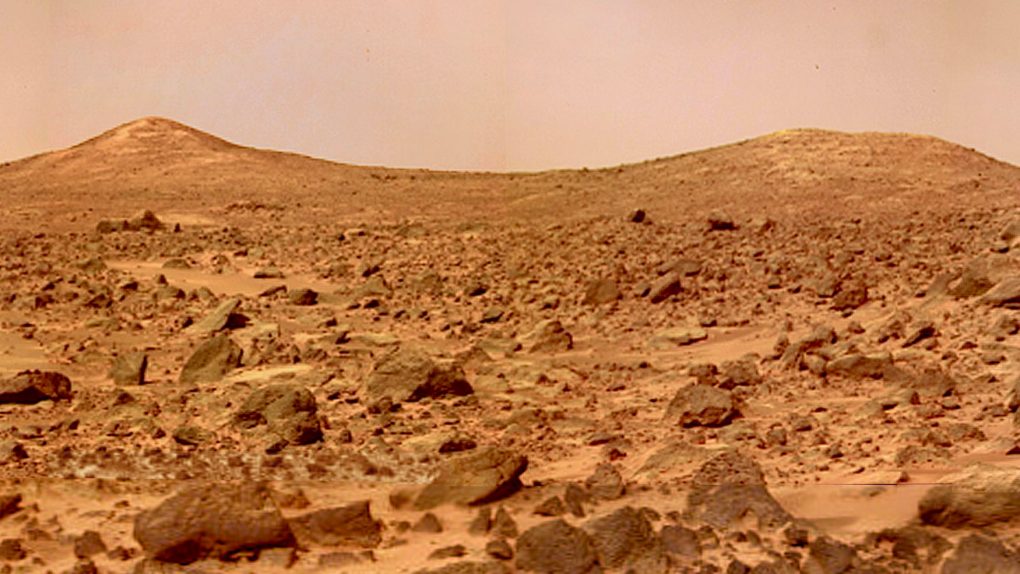Humans have never traveled to another planet. We’ve visited Earth’s moon but despite sending rovers, orbiters, and probes to places like Mars, Jupiter, Saturn, and Venus, we’ve never even sent humans to orbit another planet, much less land and see the sights. Mars is definitely the best candidate for human exploration, and space agencies like NASA are already laying the groundwork for those future missions. One of the ways scientists are preparing for crewed missions to Mars is by testing what it might be like to explore the planet’s most interesting features while wearing protective gear.
That’s exactly what is happening at HI-SEAS, the Hawaii Space Exploration Analog and Simulation, located on Hawaii’s Big Island. The site is a research location and a Mars habitat analog, meaning that researchers and groups can use the location to simulate what it might be like on Mars or the Moon. Scientists recently set up shop there and explored lava tubes on the island that are similar to what astronauts might explore when they finally make the trip to the Red Planet.
Lava tubes exist on Mars and the Moon just as they do on Earth. They’re big, hollow, and could hold secrets about whatever world they’re a part of, while also being a hot spot for the search for extraterrestrial life. If life existed on Mars, it may have persisted for longer in places like long-dormant lava tubes before eventually dying off. But exploring these cave-like structures can be difficult even with lightweight gear, so understanding what astronauts might face when trying to study them wearing spacesuits is important for future planning.
“Doing research in suits under EVA constraints makes everything much more difficult to do, and it all takes three times longer,” Michaela Musilova, director of the HI-SEAS project, said in a statement.”We need to train extensively on Earth to figure out the best methods and create the best EVA suits so that we’ll be able to perform this kind of research on the moon and Mars one day.”
And the lava tubes on the Moon and Mars aren’t just great research locations, they might also end up being home to space travelers as well. Radiation from space will be a very serious danger for the first travelers to venture from Earth to the surface of Mars. Building a structure to protect against cosmic radiation is a top priority, but hiding out in a dormant lava tube with a thick ceiling of rock could provide even better protection. Those first interplanetary travelers may end up making their makeshift Mars homes inside of lava tubes for added defense against the elements.
We’re still at least a decade or two away from humans having the technology to safely send a crewed mission to Mars. Whenever it does happen, it’s nice to know that there are some shelters on the Red Planet waiting for them.








